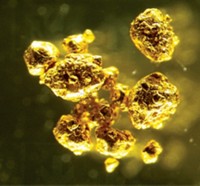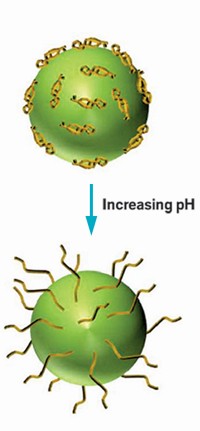Advertisement
Grab your lab coat. Let's get started
Welcome!
Welcome!
Create an account below to get 6 C&EN articles per month, receive newsletters and more - all free.
It seems this is your first time logging in online. Please enter the following information to continue.
As an ACS member you automatically get access to this site. All we need is few more details to create your reading experience.
Not you? Sign in with a different account.
Not you? Sign in with a different account.
ERROR 1
ERROR 1
ERROR 2
ERROR 2
ERROR 2
ERROR 2
ERROR 2
Password and Confirm password must match.
If you have an ACS member number, please enter it here so we can link this account to your membership. (optional)
ERROR 2
ACS values your privacy. By submitting your information, you are gaining access to C&EN and subscribing to our weekly newsletter. We use the information you provide to make your reading experience better, and we will never sell your data to third party members.
Materials
A Stirring Advance
Made from iron nanoparticles, researchers create the world’s smallest stir bars for mixing tiny droplets of liquid
by Bethany Halford
June 24, 2013
| A version of this story appeared in
Volume 91, Issue 25
Researchers who want to combine tiny volumes of liquid have few simple options when it comes to mixing for lab-on-a-chip applications or microliter bioassays. Passive diffusion is slow, and violent stirring can break droplets apart instead of mixing them together. Thanks to a team in Singapore, researchers can now reach for the world’s smallest magnetic stir bars. At just 17 μm long and 75 nm to 1.4 μm thick, these super small stir bars can mix as little as 4 pL of liquid (Angew. Chem. Int. Ed. 2013, DOI: 10.1002/anie.201303249). A team at Nanyang Technological University led by Hongyu Chen created the stir bars from oleic acid-stabilized Fe3O4 nanoparticles that are 40 nm in diameter. They modified the nanoparticles with citric acid to render them water-soluble and dissolved them. The team then used a magnet to align the nanoparticles and gave them a silica coating to ensure they stayed straight and rigid. They centrifuged the mixture to purify the stir bars, which they dispersed in solutions of various concentrations for stirring. While stirring, the nanosized stir bars remain suspended in solution indefinitely. And removing them is as simple as placing a stationary magnet beneath the droplet and letting the stir bars settle out of solution over the course of about five minutes.





Join the conversation
Contact the reporter
Submit a Letter to the Editor for publication
Engage with us on Twitter